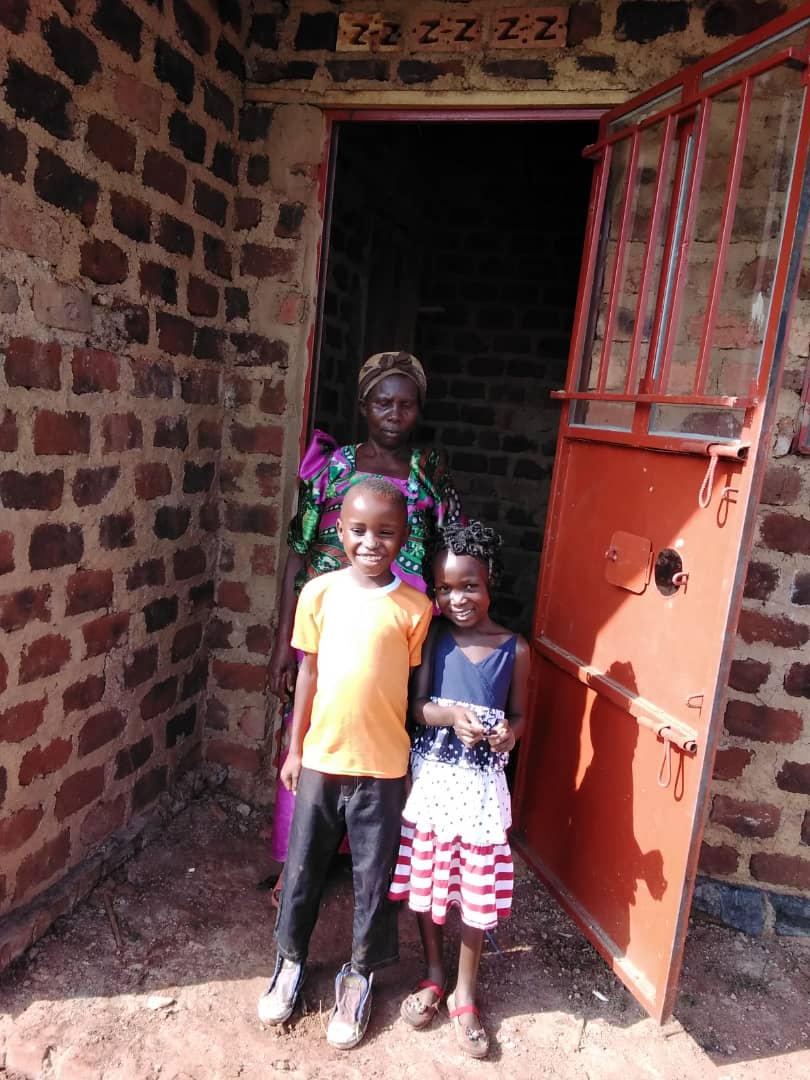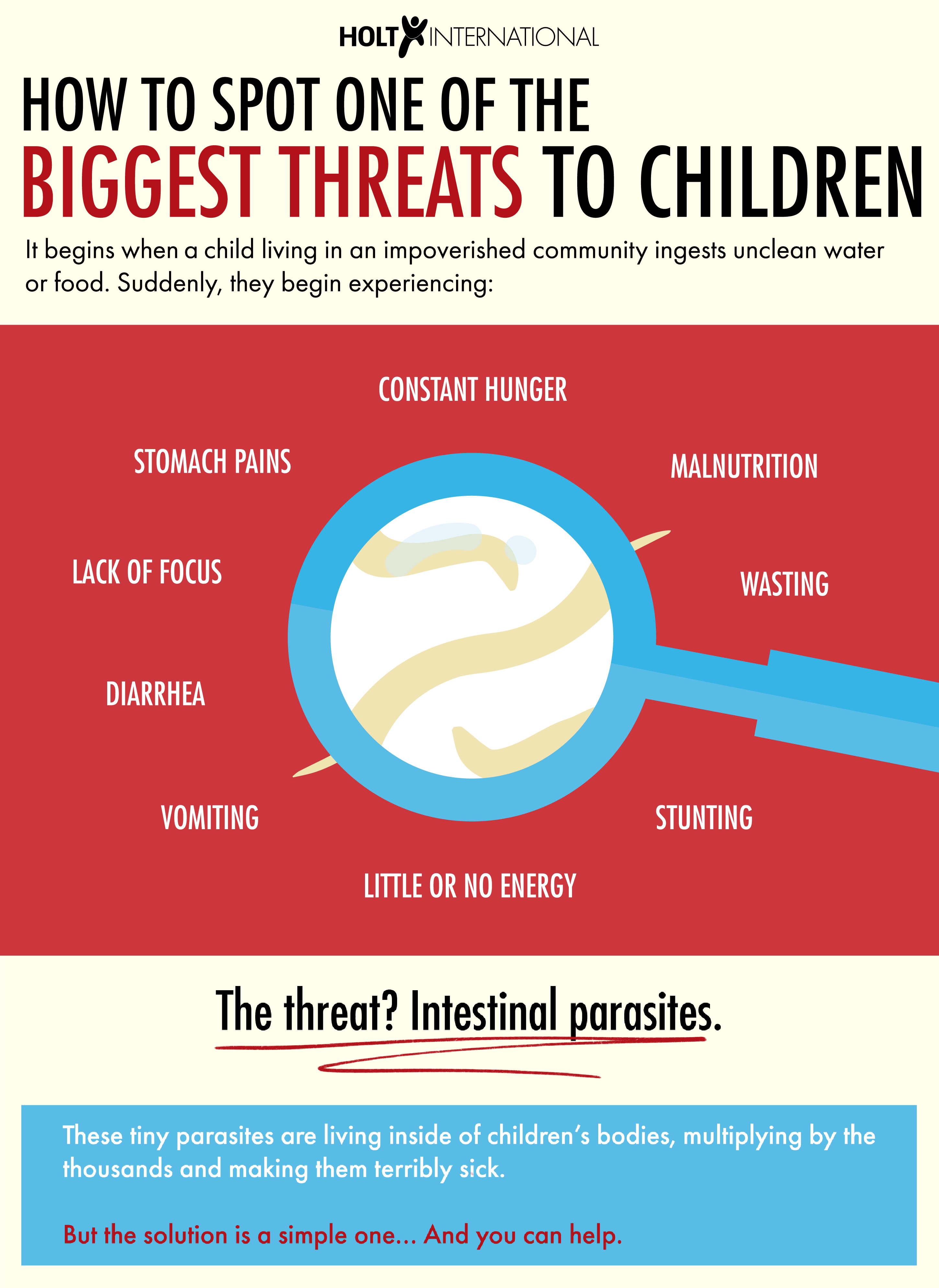Read about the five most common congenital heart defects among children waiting for adoptive families, as well as potential challenges, treatment plans and stories from Holt families who have adopted children with a heart condition.

Congenital heart defects are problems of the heart’s chambers, valves or blood vessels that develop before birth. This condition encompasses a broad range of defects, most of which affect how blood flows through the heart or through the blood vessels near the heart. Some defects may cause blood to flow in an abnormal pattern, while others completely or partially block blood flow.
A baby may be born with just one, or several heart defects, some of which may need little or no medical treatment even through adulthood. Others are more serious and can endanger the life of the child — either immediately to the newborn, or over time. Early diagnosis and treatment is critical to the lifelong health and wellbeing of a child born with a congenital heart defect.

Five Common Congenital Heart Defects
Ventricular septal defect (VSD)
VSD is the most common congenital heart defect, and is sometimes called “a hole in the heart.” This defect occurs when the muscular wall separating the bottom chambers of the heart fails to fully form — creating a hole that allows oxygen-rich blood to leak from the left ventricle into the right ventricle. VSD can lead to high blood pressure in the lungs, heart infections, irregular heartbeats, delayed growth and, in the most severe cases, heart failure. Small holes may heal on their own or cause no symptoms. Larger holes may require surgery to stitch the hole closed or to cover the hole with a patch.
Atrial septal defect (ASD)
Atrial septal defect occurs when the muscular wall separating the top two chambers of the heart fails to close properly. This creates a hole in the heart that allows oxygen-rich blood from the left atrium to flow into the right atrium, where it mixes with inadequately oxygenated blood. Minor cases may cause no symptoms and not require treatment. Larger defects may require surgery or cardiac catheterization to repair the hole.
Patent Foramen Ovale (PFO)
A relatively common condition, a PFO is a hole in the heart that didn’t close the way it should after birth. During fetal development, a small flap-like opening — the foramen ovale — is usually present between the right and left upper chambers of the heart. It normally closes within the first or second year of life. When the foramen ovale doesn’t close, it’s called a patent foramen ovale, or PFO. Most people with a PFO never know they have it and never need treatment. The condition is often discovered during tests for other problems.
Tetralogy of Fallot
This defect is a combination of four heart defects — typically a ventricular septal defect (VSD), pulmonary valve stenosis, a misplaced aorta and a thickened right ventricular wall. These four defects usually result in an insufficient amount of oxygenated blood reaching the body. Complications include cyanosis — sometimes called “blue baby syndrome,” since the lips, fingers and toes may have a bluish tinge from lack of oxygen — as well as poor eating, physical inability to exercise, irregular heartbeats, delayed growth and development, and stroke. Surgery to repair the defects is required early in life.
Transposition of the Great Arteries
The “great arteries” in this congenital defect refer to the aorta and the pulmonary artery, the two major arteries carrying blood away from the heart. In cases of Transposition of the Great Arteries, these two arteries are “transposed” from their normal position so that the aorta arises from the right ventricle and the pulmonary artery from the left. The survival of children with Transposition has improved dramatically in recent years. When there are no unusual risk factors identified, over 95 percent of infants successfully undergo surgery in the newborn period. About 25 percent of children with Transposition will also have a VSD.
Challenges
Children with congenital heart defects often tire when eating, so they eat less and may not consume enough calories. They also tend to metabolize calories at a higher rate than other children. Some children may require oxygen therapy at home for cyanotic defects of the heart. These defects can cause “blue spells,” or periods in which the child’s body isn’t receiving a normal amount of oxygen. A congenital heart defect can also increase the risk of a heart infection called endocarditis. Proper dental care and regular check-ups will help prevent an infection of the heart. After treatment, some children may still need to limit rigorous exercise or sports, but many can participate in normal or near-normal activity. Your child’s doctor can tell you which activities are safe for your child.

Treatment
Treatment for a congenital heart defect varies depending on the seriousness and type of defect. Some congenital heart defects can safely go untreated, and may have no long-term effect on your child’s health. Other mild cases may be managed with medication. More serious conditions will require catheterization or open-heart surgery to repair the defect, and some children will need multiple procedures and surgeries throughout life. Except those with very simple defects, most people will require ongoing care as well as lifelong monitoring by a cardiologist. Every child is different. But overall, most children with congenital heart defects grow up to lead healthy, productive lives.
Family Stories
Read stories from Holt families who have adopted children with a congenital heart condition:
Thankful for Melia, Born With a Heart Full of Joy and Spirit
Dear Younger Me, Let Your Heart Be Broken
Sources: Mayo Clinic, Cincinnati Children’s Hospital, WebMD

Visit the Waiting Child Photolisting
Meet some of the children waiting for loving adoptive families. Could you be the right family for one of these children?


